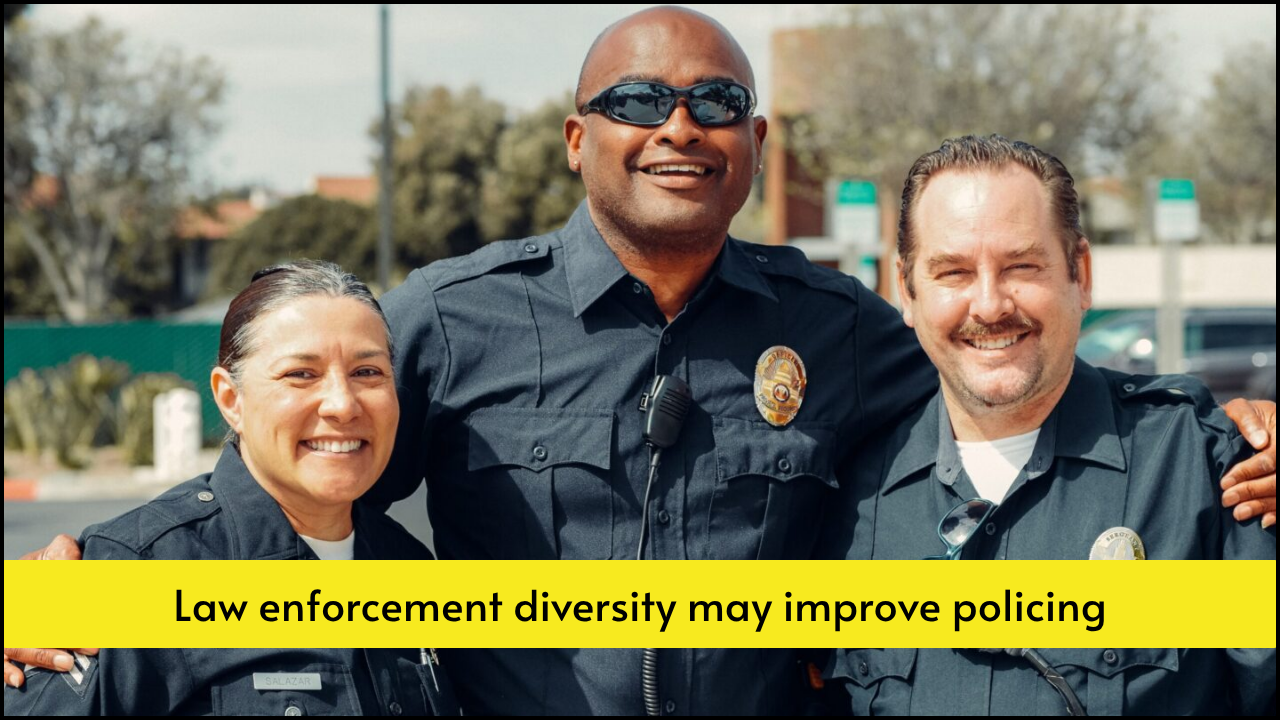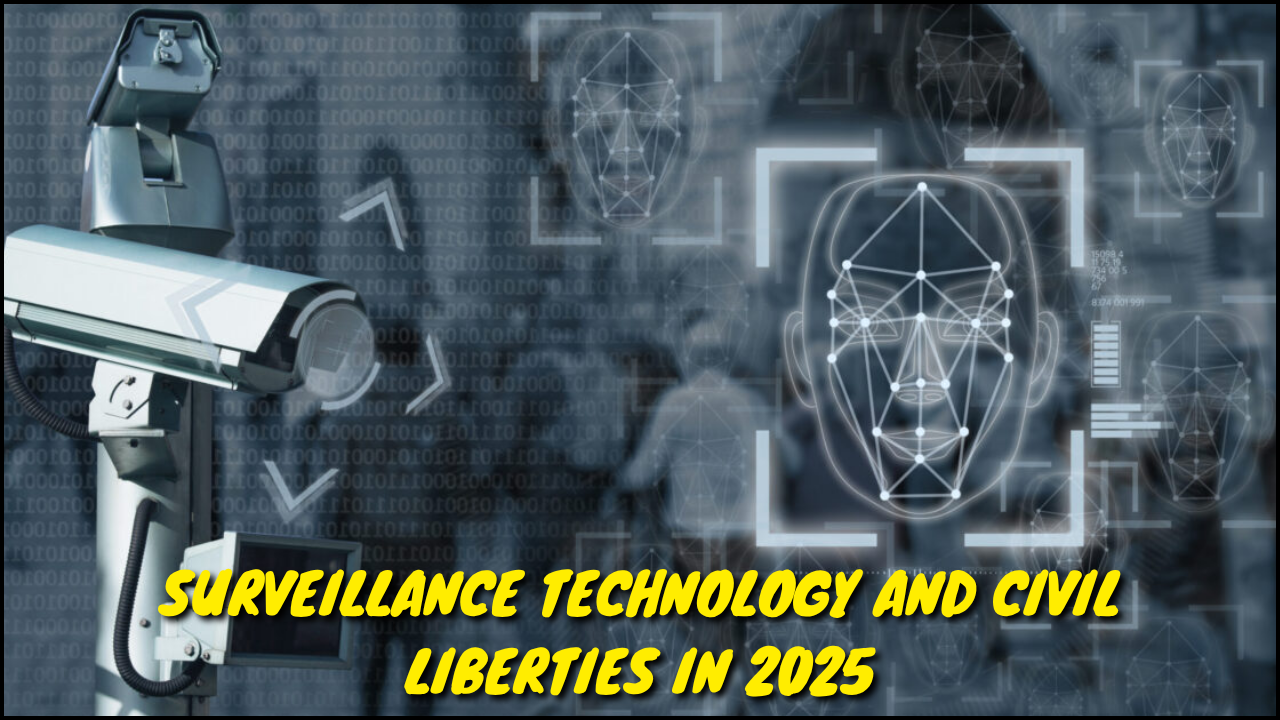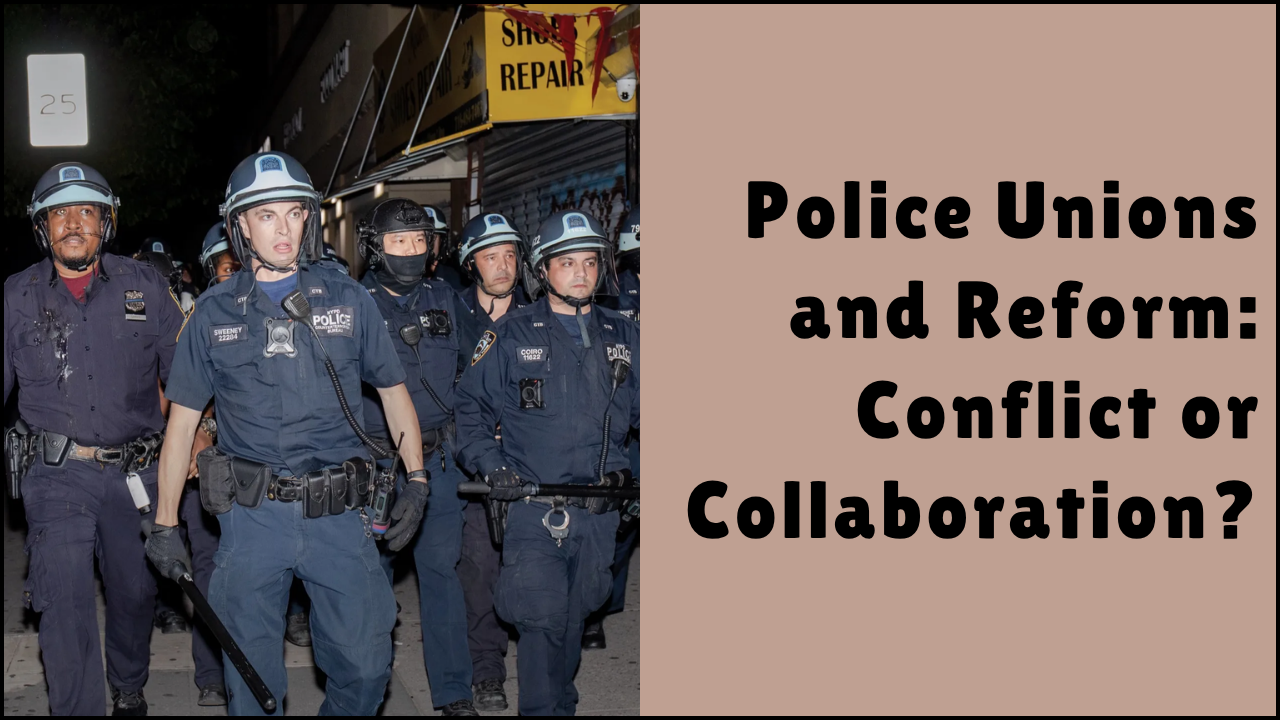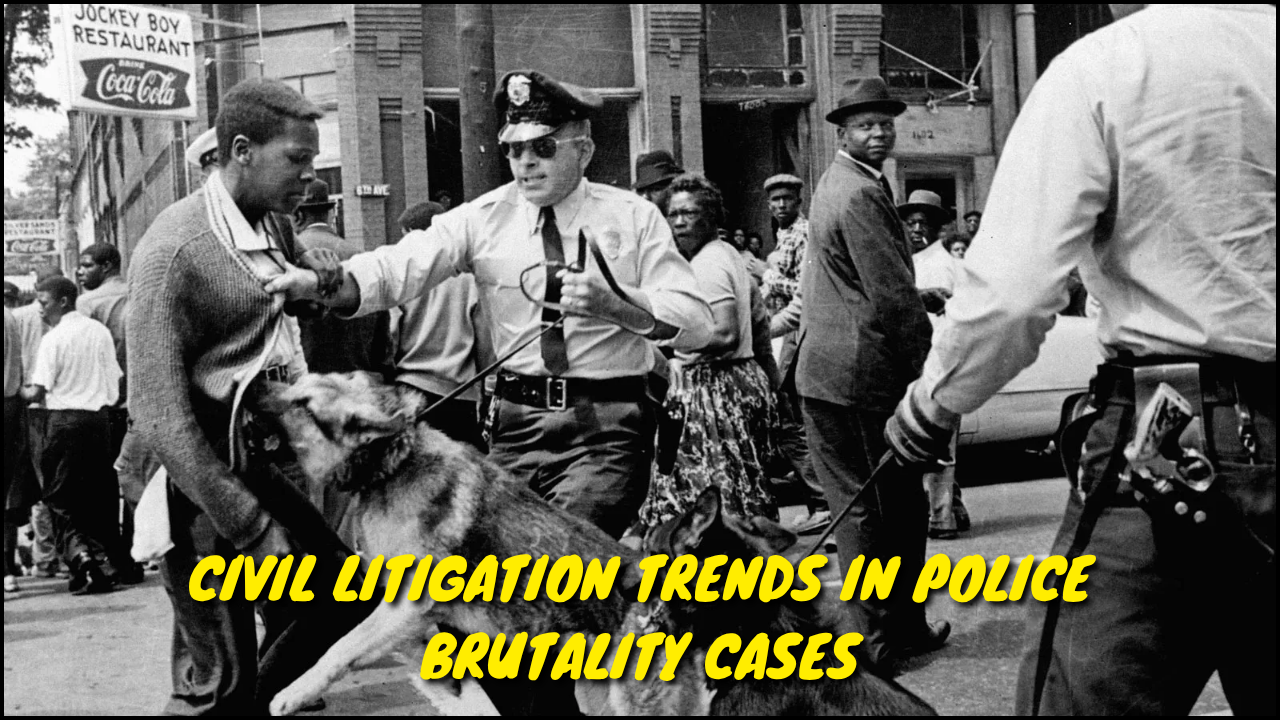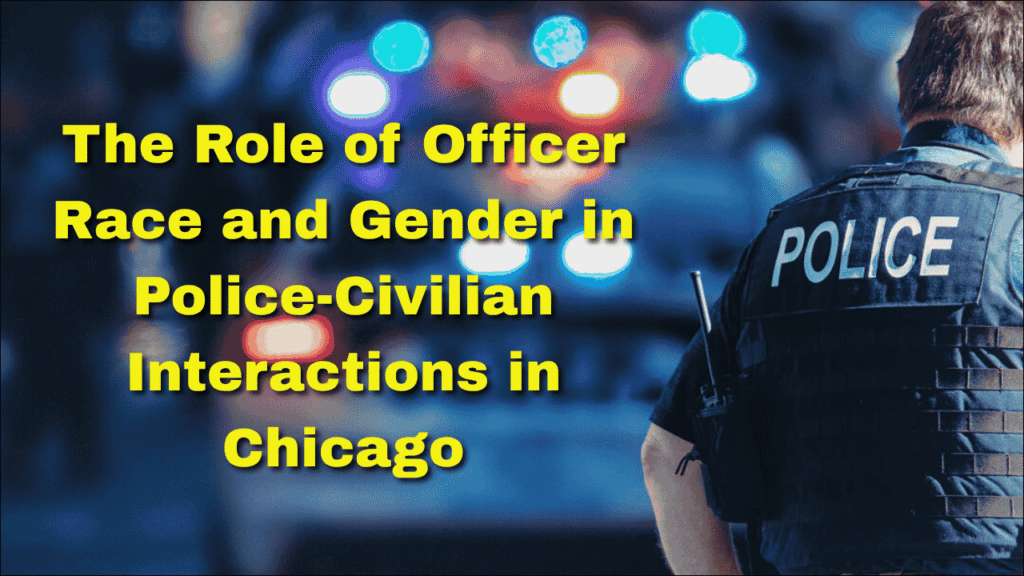
Police-civilian interactions in Chicago have long attracted attention due to concerns over fairness, accountability, and outcomes. Officer characteristics such as race and gender influence these interactions in significant ways. The city’s diverse population and its troubled history of law enforcement practices create a complex environment in which every detail matters. This article explores how the race and gender of police officers impact their encounters with civilians in Chicago, focusing on aspects like trust, behavior, use of force, and community perception.
Table of Contents
Influence of Officer Race in Police-Civilian Interactions
Race plays a critical role in shaping public perception and officer behavior during encounters.
- Shared racial identity between officer and civilian often leads to reduced use of force and fewer arrests.
- Black officers tend to use force less frequently than white officers in similar situations.
- Latino officers show more discretion when dealing with Latino civilians, reflecting cultural familiarity.
- White officers are more likely to patrol neighborhoods with racial demographics different from their own, sometimes increasing tension.
Officer Race and Civilian Outcomes in Chicago
| Officer Race | Use of Force Likelihood | Civilian Trust Level | Arrest Rate for Minor Offenses |
|---|---|---|---|
| White | Higher in Black neighborhoods | Lower among minorities | Higher |
| Black | Lower overall | Higher in Black communities | Lower |
| Latino | Moderate | Higher in Latino communities | Moderate |
| Asian | Inconsistent patterns | Moderate | Varies by district |
Impact of Gender in Police Interactions
Gender also shapes behavior during law enforcement activities.
- Female officers tend to de-escalate situations more frequently and rely less on physical force.
- Male officers are statistically more likely to make arrests and use aggressive tactics.
- Mixed-gender patrol teams are associated with better communication and balanced decision-making.
Officer Gender and Interaction Style
| Officer Gender | De-escalation Tendency | Force Use Frequency | Complaint Rate |
|---|---|---|---|
| Male | Lower | Higher | Higher |
| Female | Higher | Lower | Lower |
Combination of Race and Gender
The intersection of race and gender can further influence interaction dynamics.
- Black female officers are among the least likely to use force and most likely to receive positive civilian feedback.
- White male officers receive more complaints and are more likely to escalate routine encounters.
- Latino female officers balance community-oriented communication with assertive presence.
Intersection of Race and Gender in Policing
| Race-Gender Combo | Community Response | Use of Force Probability | Officer-Civilian Rapport |
|---|---|---|---|
| Black Female | Strong positive | Very Low | High |
| White Male | Mixed/Negative | High | Low |
| Latino Female | Positive | Moderate | Moderate |
| Black Male | Mixed | Moderate | Moderate to High |
| White Female | Neutral | Lower | Moderate |
Patterns in Use of Force Reports
Use of force varies based on officer demographics and neighborhood composition.
- Reports indicate Black and Latino officers use less force in minority-majority neighborhoods.
- White officers are more likely to use physical tactics in neighborhoods where they are perceived as outsiders.
- Female officers consistently document and explain force more thoroughly in reports, suggesting greater accountability.
Complaint Trends and Civilian Feedback
Civilian complaints are an essential measure of public satisfaction and trust.
- Male officers, particularly white males, receive the most complaints.
- Female officers, especially those of color, receive significantly fewer complaints.
- Trust-building behaviors, such as verbal warnings and explanations, are more commonly reported among minority and female officers.
Civilian Complaint Data by Officer Demographics
| Officer Group | Complaint Frequency | Common Complaint Type | Civilian Satisfaction |
|---|---|---|---|
| White Male | High | Excessive Force | Low |
| Black Female | Low | Communication Issues | High |
| Latino Male | Moderate | Rudeness | Moderate |
| White Female | Low | Procedural Delay | Moderate to High |
Community Policing and Cultural Competence
Officers of similar cultural backgrounds to the communities they serve show increased effectiveness.
- Shared culture allows for more meaningful dialogue and less perceived threat.
- Language compatibility, especially among Latino officers, increases compliance and cooperation.
- Cultural awareness training, when combined with diverse hiring, improves overall interaction quality.
Recruitment, Retention, and Policy Implications
Diversity in the police force affects institutional performance.
- Recruiting more women and minority officers can foster fairer outcomes.
- Retention strategies for underrepresented officers are essential to long-term change.
- Policy reforms, such as pairing officers with complementary strengths, can reduce conflict escalation.
Recommendations Based on Findings
- Encourage diverse hiring to reflect community demographics.
- Train all officers on implicit bias and de-escalation techniques.
- Monitor officer behavior through body cameras and independent audits.
- Strengthen community outreach to build trust and familiarity.
Wrapping Up
Officer race and gender significantly shape police-civilian interactions in Chicago. Patterns of behavior, trust, and use of force reflect the importance of identity in law enforcement. Communities respond more positively to officers who understand their cultural context and use communication over confrontation. A shift toward inclusive recruitment and equity-based policies can improve outcomes for both officers and civilians, making Chicago’s policing system more just and effective.


